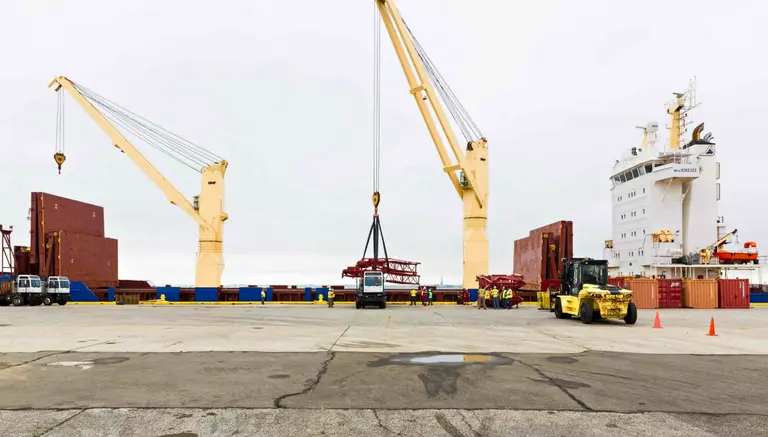Subway Reads offers free e-books based on the length of your commute
Find out how it works
Amtrak has plans to upgrade their main departure board located at Penn Station with new digital information screens. The idea behind the new departure screen is to provide passengers with clearer and detailed travel information. There will be several information screens placed throughout the concourse to improve the flow of passengers at the station. READ MORE […]
With CitiBike expanding deeper into NYC’s many neighborhoods and 70-plus miles of new and upgraded bike lanes added this year alone, it comes as no surprise that more and more New Yorkers are taking to the streets on two wheels. However, while things appear to be changing for the better, it may come as a surprise to many that when […]

Work at the South Brooklyn Marine Terminal, via Scott Ettin for DNAinfo
Ah, the Second Avenue Subway. It’s been the topic of discussion for over 96 years (yes, the line has been in the works since 1920) and it is finally nearing completion despite reports of delays due to last minute design changes and absentee workers. But the question is, will the Second Avenue subway revitalize the Upper East Side? […]